The art of bending a football in mid-air, commonly referred to as the "banana shot" or "curveball," has long fascinated players, coaches, and scientists alike. The phenomenon isn’t just a trick of the eye—it’s a complex interplay of physics and aerodynamics that defies the ball’s expected trajectory. When executed correctly, the ball swerves dramatically, leaving goalkeepers rooted to the spot and spectators in awe. But what exactly happens in those fleeting seconds between the player’s foot striking the ball and it curling into the net?
At the heart of this mesmerizing movement is the Magnus Effect, a principle named after the 19th-century German physicist Heinrich Gustav Magnus. When a football is struck off-center with a deliberate spin, the air flow around the ball becomes uneven. On one side, the spin works with the airflow, reducing pressure, while on the opposite side, the spin fights against the airflow, creating higher pressure. This imbalance pushes the ball in the direction of the lower pressure, causing it to curve. The faster the spin and the more pronounced the off-center strike, the more dramatic the bend.
However, the Magnus Effect alone doesn’t tell the full story. The surface texture of the ball, its speed, and even atmospheric conditions play crucial roles. Modern footballs, with their intricate panel designs and micro-textures, are engineered to enhance aerodynamic performance. Unlike the smooth leather balls of the past, today’s footballs have dimples or grooves that interact with the air to stabilize flight while allowing for controlled swerve. A well-hit banana shot relies on the player’s ability to exploit these design features, imparting just the right amount of spin without sacrificing too much speed.
Wind resistance and air density further influence the ball’s path. In thinner air—such as at high-altitude stadiums—the ball encounters less drag, allowing it to travel faster but also making it harder to control the spin. Humidity, too, can subtly alter the ball’s behavior, though its impact is often overshadowed by temperature and altitude. Professional players develop an almost instinctive understanding of these variables, adjusting their technique depending on whether they’re playing in the dry heat of a summer afternoon or the chilly dampness of an evening match.
The technique behind the perfect banana shot is as much about finesse as it is about power. Striking the ball with the inside or outside of the foot, rather than the laces, generates the necessary sidespin. The follow-through is equally critical; the motion of the kicking leg must continue in the direction of the desired curve to maximize spin. Legendary free-kick specialists like David Beckham or Juninho Pernambucano spent countless hours refining this motion, turning it into a weapon that could decide games in an instant.
Interestingly, the banana shot isn’t just limited to set pieces. In open play, players often use subtle curves to bypass defenders or deliver crosses into the box. The principles remain the same, though the margin for error shrinks considerably. A slight miscalculation in spin or power can send the ball veering off target or floating harmlessly out of play. This is why even the most skilled practitioners of the art consider it a high-risk, high-reward maneuver.
From a defensive standpoint, anticipating a banana shot is notoriously difficult. Goalkeepers must read the initial contact and the ball’s rotation within milliseconds to have any chance of making a save. Even then, the sheer unpredictability of the ball’s late movement often proves decisive. Some keepers resort to positioning themselves slightly off-center, gambling on the direction of the bend, but this too is a risky strategy against a player who can vary their technique.
As technology advances, so too does our understanding of the banana shot’s mechanics. High-speed cameras, wind tunnels, and computational fluid dynamics simulations have peeled back layers of mystery, revealing nuances that were once the domain of intuition. Yet, for all the science, there remains an undefinable magic to watching a ball defy physics in real time—a testament to the beautiful game’s endless capacity to surprise and delight.
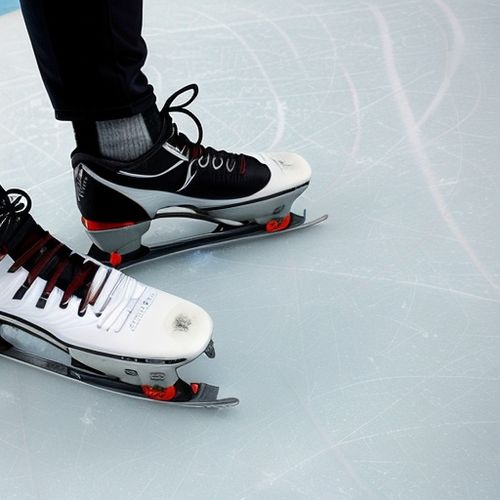
By William Miller/May 9, 2025
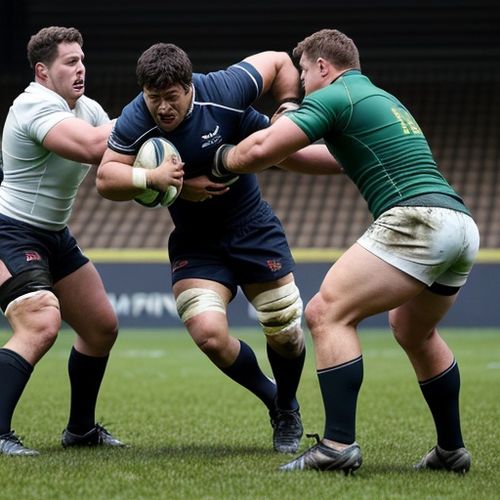
By John Smith/May 9, 2025
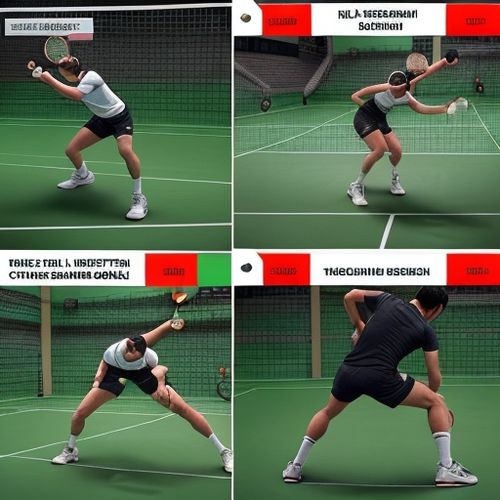
By Lily Simpson/May 9, 2025
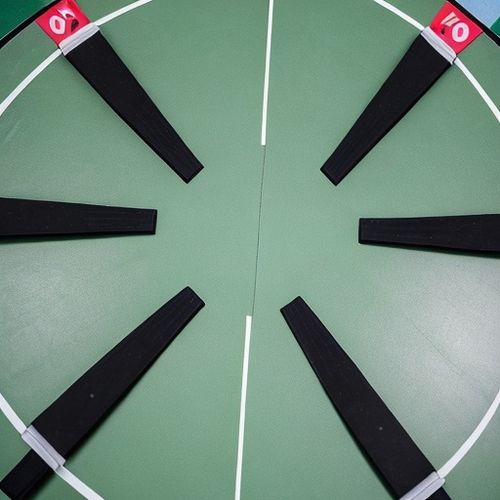
By Eric Ward/May 9, 2025
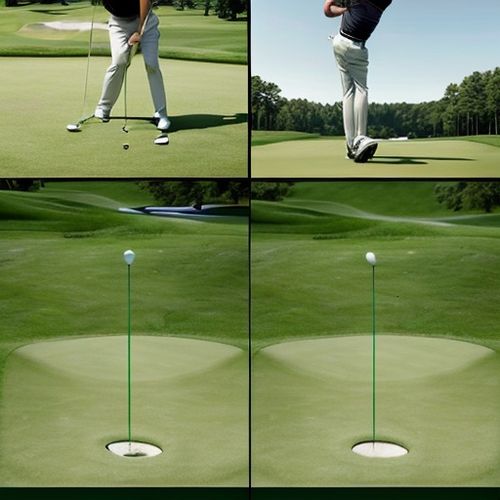
By Eric Ward/May 9, 2025

By Victoria Gonzalez/May 9, 2025

By Samuel Cooper/May 9, 2025
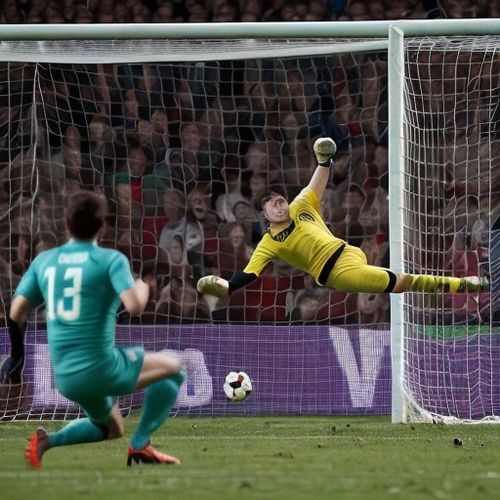
By Emily Johnson/May 9, 2025

By Noah Bell/May 9, 2025

By Joshua Howard/May 9, 2025

By Eric Ward/May 8, 2025

By Joshua Howard/May 8, 2025

By George Bailey/May 8, 2025

By Grace Cox/May 8, 2025
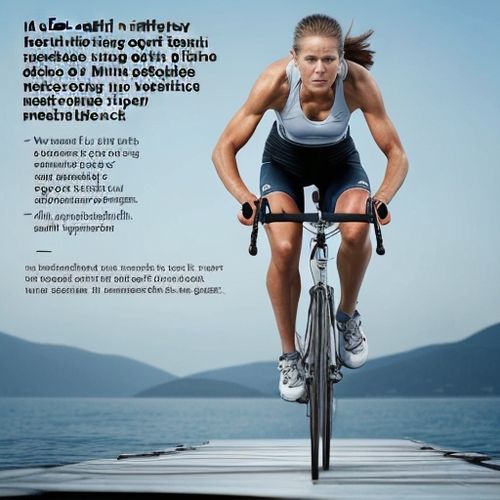
By Michael Brown/May 8, 2025

By Daniel Scott/May 8, 2025

By Rebecca Stewart/May 8, 2025

By Victoria Gonzalez/May 8, 2025

By Emily Johnson/May 8, 2025

By Olivia Reed/May 8, 2025